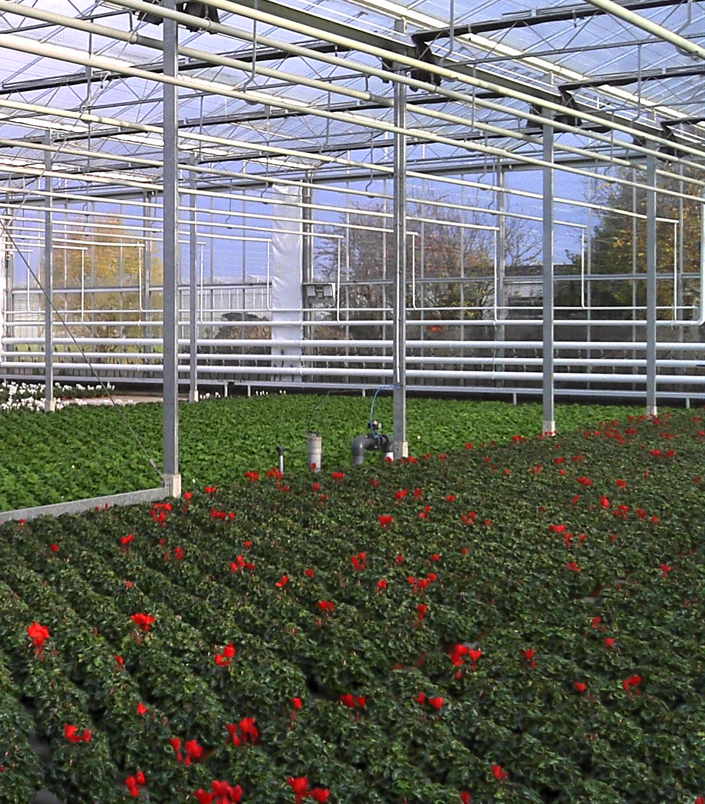
MAKE AN INFORMED DECISION WHEN CHOOSING HYDROPONIC SYSTEMS
To ensure safe cultivation and oversee all procedures, specialized systems are utilized. These systems enable plants to be positioned in substrates while also monitoring watering and the surrounding microclimate.
Different plants have unique growing needs. As a result, there are distinct systems tailored for each type of crop. We've put together a summary of the main systems that are ideal for cultivating popular greenhouse plants.
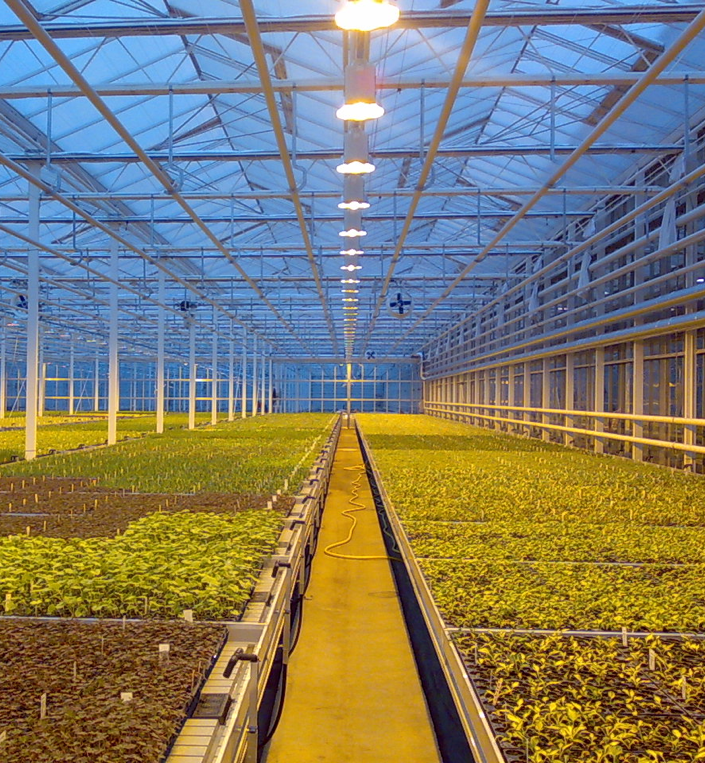

When considering this option, it's best to employ concrete flood floors as a dual-purpose seedling section. The approach involves growing seedlings and, once they are matured, utilizing the same space to place trays and cultivate plants throughout the entire greenhouse area.
It's essential to ensure the quality of the concrete pour – it must be impeccable.
Consider implementing automation for plant placement.
Given the importance of accurate and prompt plant placement, relying on manual processes is not the most efficient approach. In a cost comparison between concrete floors with all the essential equipment and retractable tables, the latter frequently offers a more economical solution.
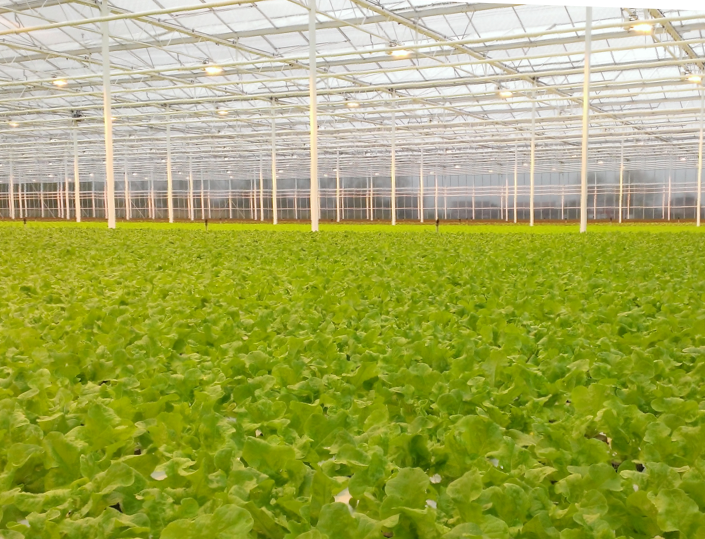
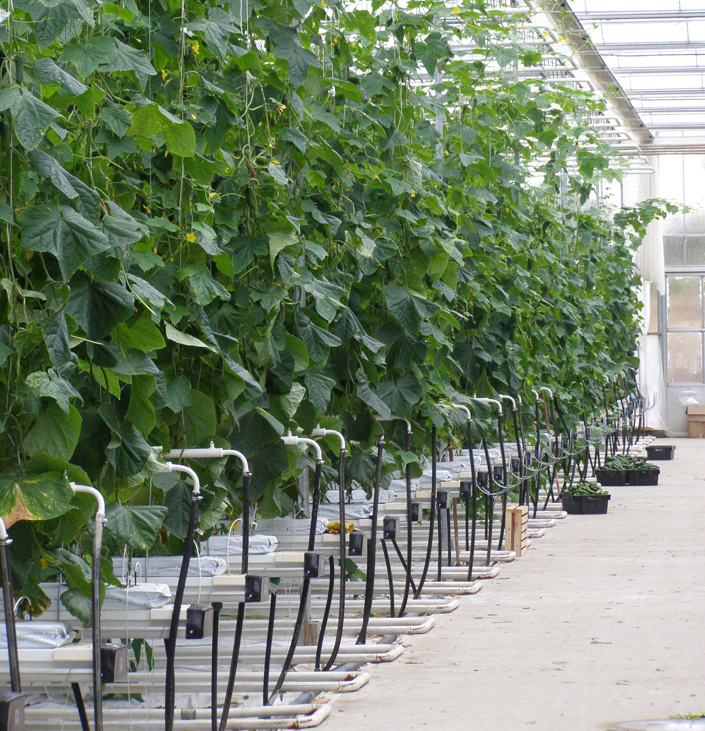
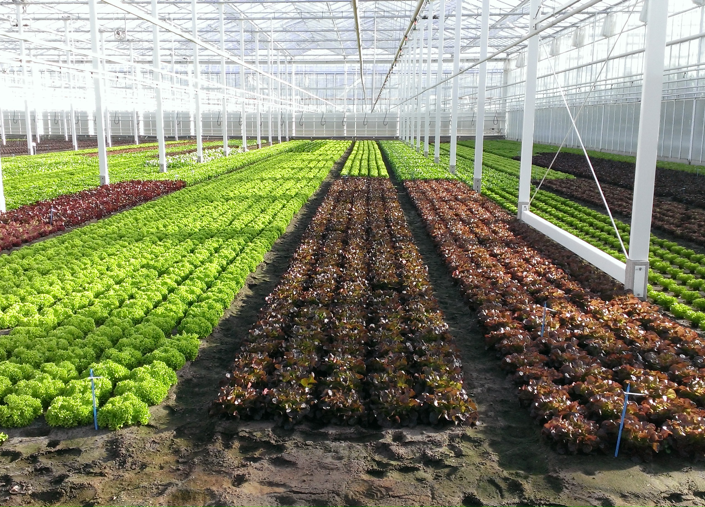
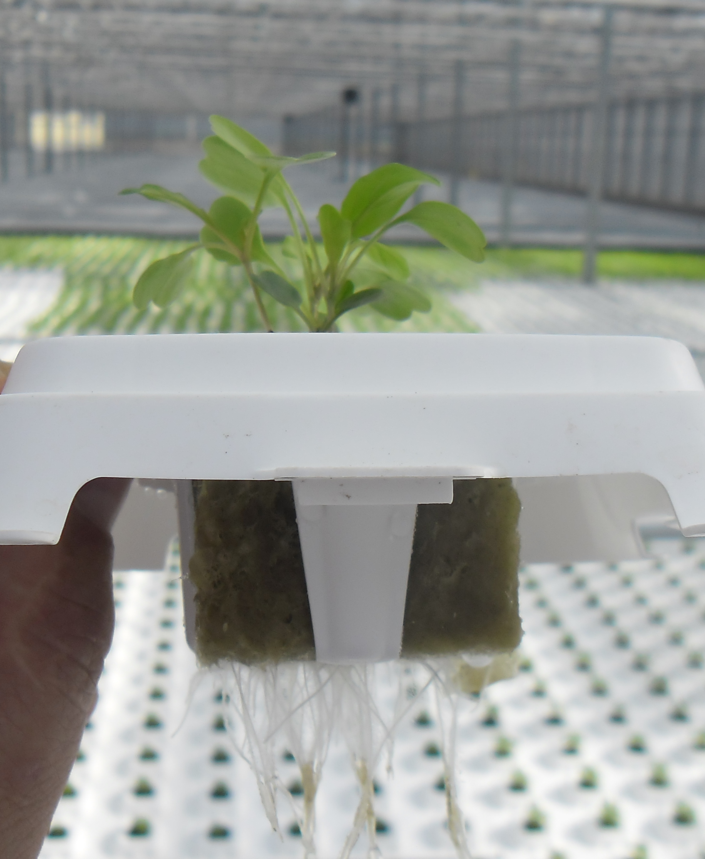
You may come across various offers for "new" systems, such as mobile containers or multi-tier trays.
Nevertheless, these "innovations" are not yet widely used in greenhouses. Any of the mentioned types is a good solution; the key is to understand your goal and what suits you best.